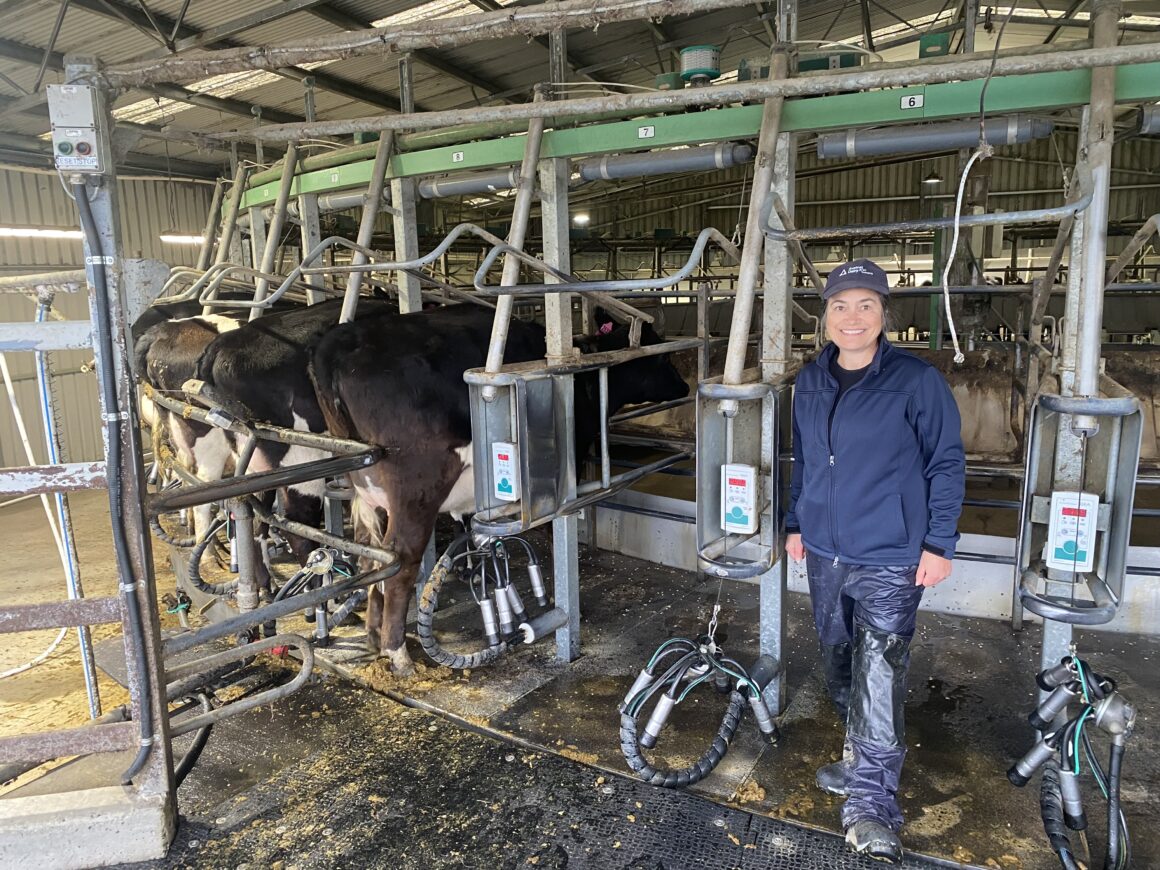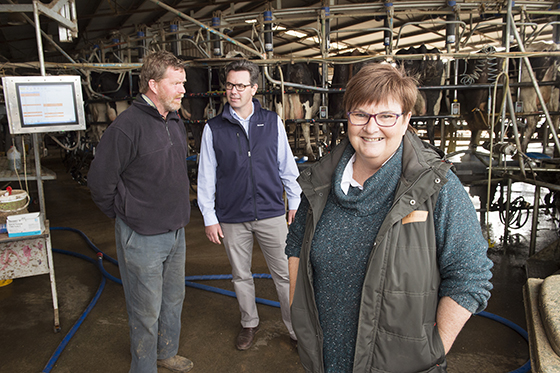By Michele Lawrence, People & Communities Policy Advisory Group Chair, Australian Dairy Farmers
Australia’s dairy farmers are committed to the safety and wellbeing of their people.
As an industry we’ve done a lot of work to build safe work culture and equip farmers with tools to assist compliance.
While there might be a silver lining in the latest statistics for dairy, it remains a serious issue, but as an industry we are proud of our progress in reducing injuries.
Fresh out of Farm Safety Week, Australian Dairy Farmers’ People and Communities Policy Advisory Group received a briefing from Farmsafe Australia.
Overall, it’s shaping up to be a bad year for workplace deaths and injuries in agriculture. But there are promising signs for dairy.
The presentation highlighted that agriculture makes up less than three per cent of Australia’s workforce, but accounts for nearly 30% of all workplace deaths.
Up to July 1, the industry had lost 30 people to workplace deaths this year. That compares with 32 deaths in Australian agriculture in 2023.
In the same time frame, 74 people in the ag industry had been injured while on-the-job, compared to 122 the year prior. This is not the trajectory we want to be on.
In case you’re not convinced that we need to do more to slow these numbers, here are a few more statistics Farmsafe Australia presented from 2023:
- 9% of fatalities were children under 15 years
- 12% of injuries were children under 15 years
- 91% of fatalities were male
- 86% of injuries occurred in New South Wales and Queensland
However, thankfully, dairy makes up a small component of these statistics.
That’s not to say we can take the foot off the pedal and become complacent. One death is too many.
There’s been a great deal of work done embedding a safety culture both across the industry, and also by individual farm managers.
But safety systems don’t make us safe alone. They help guide our daily thoughts and actions. Our actions on-the-ground are key, we need to balance compliance with on-the-ground action. Implementing simple systems can help us reach safer outcomes.
The farmers I know understand they and their teams are key to embedding a safety culture on-farm. If management don’t set a good example for their staff, the systems are compromised.
There is inherent risk in farming, including from working with animals, machinery and often working solo. But we can drive these numbers down through better ways of working.
Protecting those we care about
Farming has changed, and as businesses have grown farmers have recruited staff from outside their family unit.
Wherever I go, I see dairy farmers who care deeply about their staff – regardless of whether they started out as friends, family or strangers, from in-town or overseas.
Unfortunately, this is reflected in the statistics. Because of that care, farm owners and managers often take the dangerous jobs upon themselves.
Because they’re doing the dangerous jobs, the statistics show it’s the owners and managers who are more likely to be injured on-farm. They work to shield younger, less experienced staff from risk.
It’s never acceptable for someone to be injured or killed on-farm, but I take solace from the fact dairy farmers are continually improving their safety systems and the numbers for our industry are relatively low.
Resources available
Our industry has dedicated resources available to help improve your approach to safety.
Whether you need a farm safety starter kit, farm safety manual, workplace policies or safe ag systems, The People in Dairy website (thepeopleindairy.org.au) has it all. You can then document these approaches through the resources from Our Farm, Our Plan (gardinerfoundation.com.au/ofop).
Again, and thankfully, the statistics tell me that most farmers are using these resources and acting in the best interests of their staff, family and businesses.
Technology and new ways of working are also helping the industry reduce injuries through innovations like roll over protection on tractors. The same step-change is afoot for quad bikes.
On our farm, we provide workers with a safety induction that sets the tone and embeds our safety culture. For example, I get a text message when the tractor is being driven too fast; and that we follow best-practice, low-stress livestock handling practices. Each of these little things help build our level of safety resilience.
While we celebrate our achievements, we must remain vigilant.
The pursuit of safety is an ongoing journey, and complacency is our greatest adversary.
Continuous improvement, regular reassessment of safety practices, and the willingness to embrace new innovations are essential to maintaining and furthering our progress.
Importantly, it also helps everyone make it home safely from the farm each and every night.
This piece was published in ACM newspapers on Thursday, August 1, 2024.


